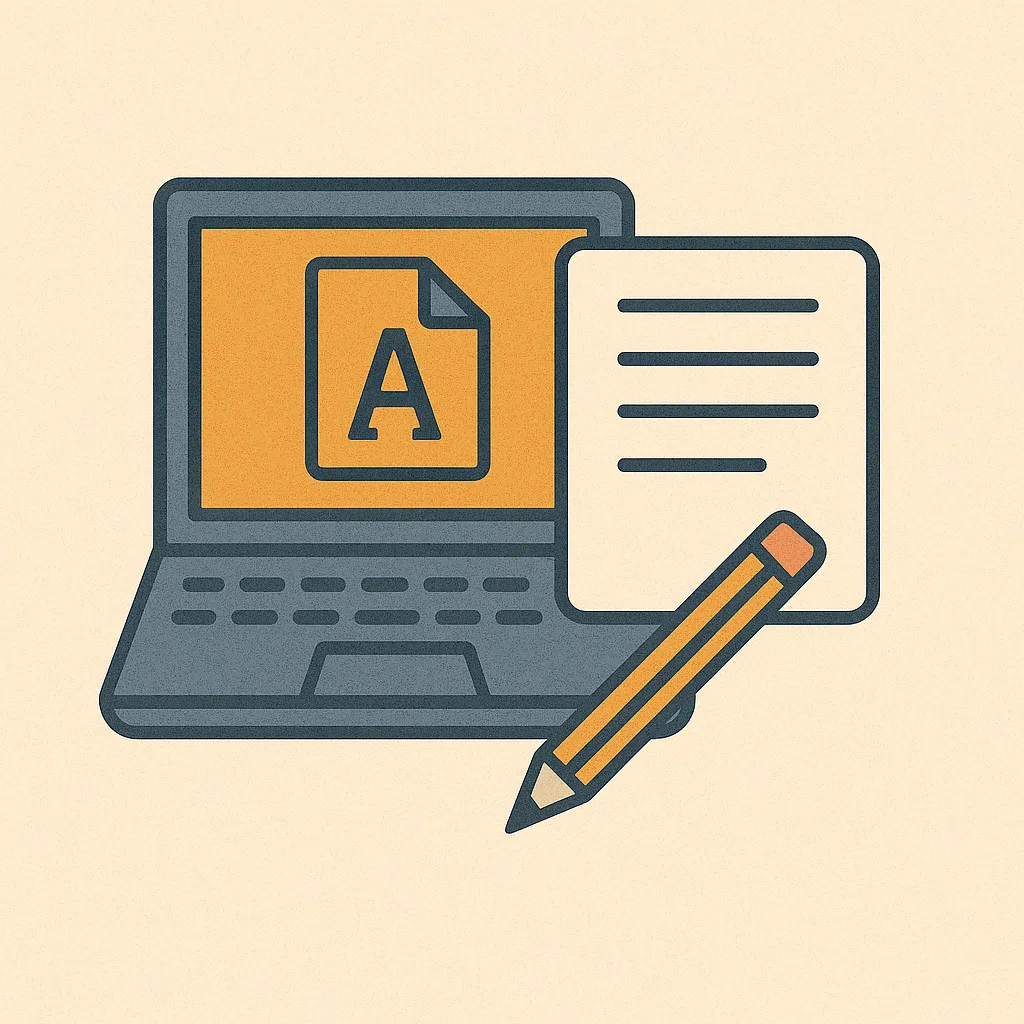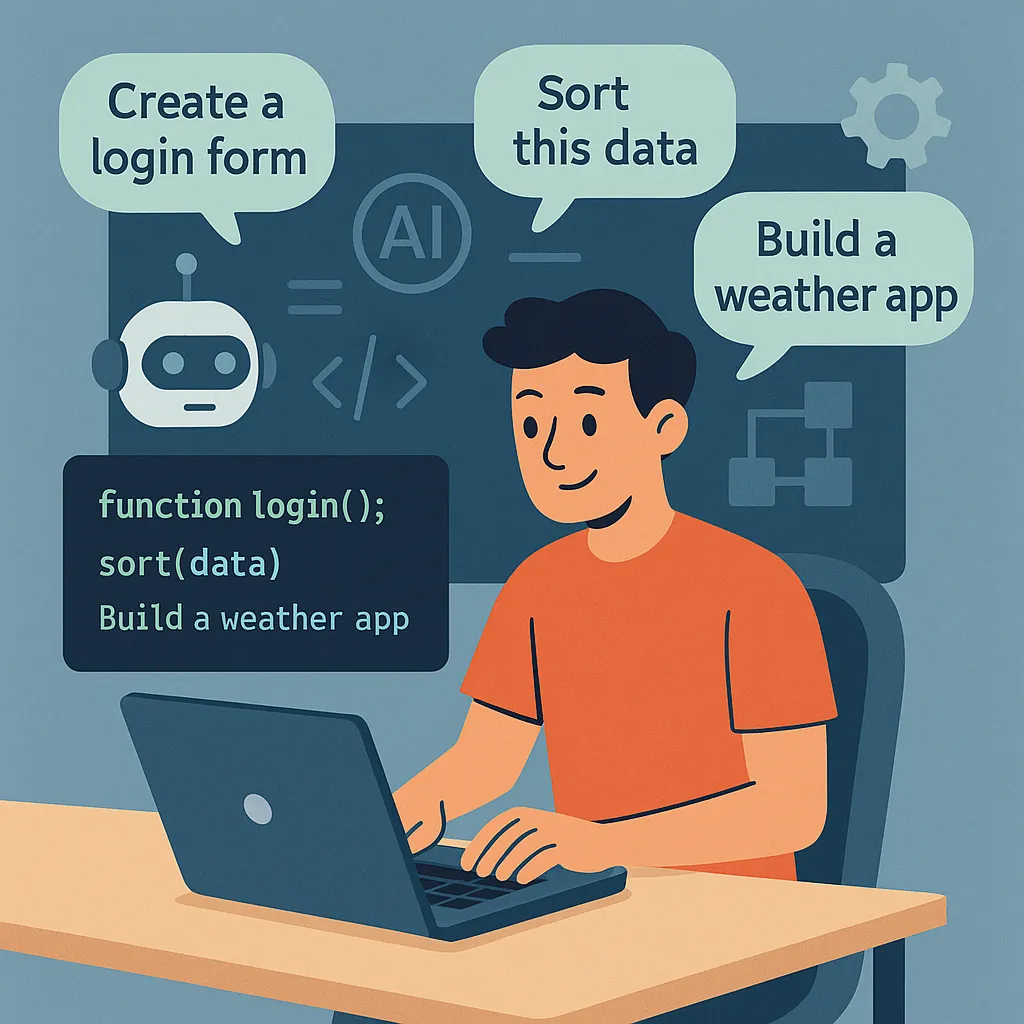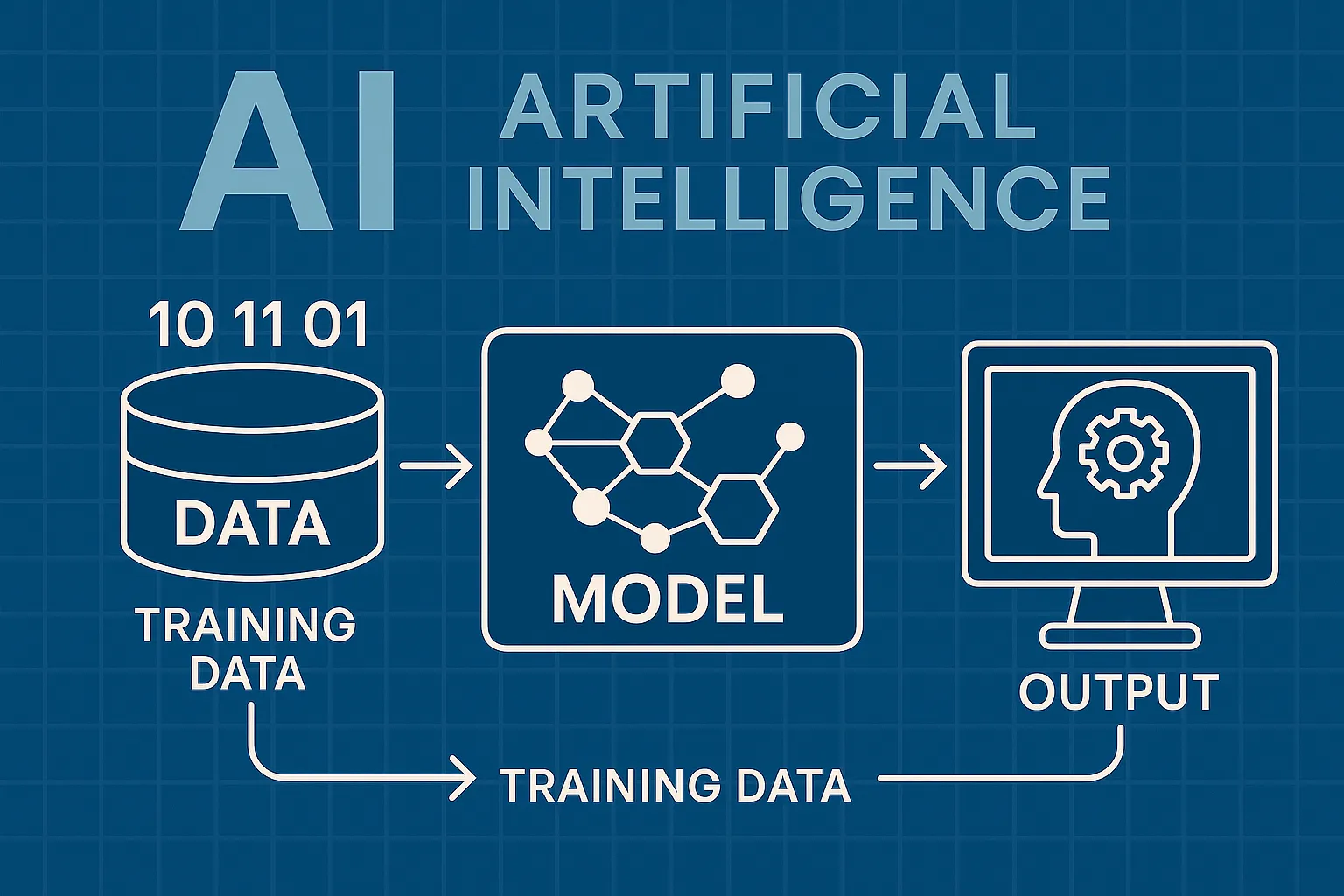Academic writing demands clarity, structure, and precision—and AI tools can help students and researchers meet those standards more efficiently. This page highlights the best AI tools for academic writing in 2025, covering both free and paid platforms that assist with everything from grammar correction and paraphrasing to thesis development, citation formatting, and literature review support. Whether you're drafting an essay, compiling a research paper, or polishing a dissertation, these AI-powered tools are designed to enhance quality and save time at every stage of the writing process. Many include features tailored to academic needs, such as plagiarism detection, APA/MLA citation builders, and coherent argument structuring. We've evaluated each tool based on accuracy, academic relevance, usability, and cost. If you're looking to strengthen your writing, stay organized, and meet academic standards more easily, this guide will help you find the right AI solutions to support your educational goals.

Top Paid AI Tools for Academic Writing
| Rank | Tool | Key Strength | Price / Limitations | Best Use Case |
|---|---|---|---|---|
| #1 | Writefull | Scientific grammar and clarity | Freemium / $10–$20/month | Journal writing & corrections |
| #2 | Typeset | One-click formatting & templates | From $12/month | Research paper submission |
| #3 | Grammarly Premium | Advanced writing enhancement | $12/month | General academic polish |
| #4 | Linguix | AI style & sentence improvements | Premium tiers available | Essay & thesis polishing |
| #5 | Quillbot Premium | Paraphrasing & rewording | $8.33/month billed annually | Avoiding redundancy / plagiarism |
Writefull
Writefull is built specifically for academic and scientific writing, with its AI trained on millions of journal articles and research papers. It corrects grammar while also suggesting more formal and field-appropriate phrasing, making it ideal for non-native English speakers and graduate students. The tool goes beyond surface-level fixes by offering vocabulary alternatives and usage recommendations that align with the conventions of scholarly publishing. Features like sentence palette suggestions and abstract rewriting make it a go-to for improving submissions to high-impact journals.
Typeset
Typeset simplifies the most tedious part of academic writing — formatting. With more than 45,000 journal and conference templates built in, it allows you to write your paper once and instantly convert it to the proper format for submission. The platform also includes citation tools, plagiarism checks, and AI-assisted proofreading. For researchers, especially those targeting journals with strict formatting rules, Typeset saves hours of manual editing and reduces the risk of desk rejections due to incorrect structure or style.
Grammarly Premium
Grammarly Premium is a versatile writing assistant that enhances grammar, punctuation, clarity, and tone. While it’s not specialized for scientific writing, it excels in general academic contexts like essays, reports, and application letters. Its real-time suggestions are useful for improving flow and readability, and the tone detector helps maintain formality. Students and educators benefit from its readability scores, vocabulary enhancements, and plagiarism detection, making it a solid all-purpose upgrade to any writing process.
Linguix
Linguix offers real-time sentence restructuring and grammar fixes with an emphasis on improving clarity, flow, and tone. It's particularly useful for ESL writers or those new to academic English, thanks to its user-friendly interface and explanation pop-ups. Unlike tools focused solely on error correction, Linguix also aims to make your writing more polished and sophisticated. The result is academic content that sounds more natural and coherent, without requiring extensive manual rewrites or external proofreading.
Quillbot Premium
Quillbot Premium offers advanced paraphrasing tools that go far beyond surface-level synonym swaps. With multiple rewrite modes — including “Formal,” “Fluency,” and “Academic” — users can tailor their content to match scholarly expectations. It’s especially helpful for rephrasing literature reviews, introducing variation into repetitive passages, or avoiding accidental plagiarism. The built-in citation generator and grammar checker make it a well-rounded platform for students, postgrads, and early-career researchers aiming for academic publication or coursework excellence.
Top Free AI Tools for Academic Writing
| Rank | Tool | Key Strength | Limitations | Best Use |
|---|---|---|---|---|
| #1 | ChatGPT (Free) | Outlining, clarifying, rewriting | No citations or sources | Drafting & feedback |
| #2 | Quillbot (Free) | Paraphrasing and grammar | Character limits | Short edits & rewording |
| #3 | Scribbr AI Proofreader | Grammar & sentence fixes | Word count limits | Proofreading academic text |
| #4 | Grammarly (Free) | Spelling, punctuation, clarity | Limited suggestions | Basic academic polish |
| #5 | Paraphraser.io | Multilingual paraphrasing | Ads and slower speed | Rewrite small sections |
ChatGPT (Free)
ChatGPT in its free version is an invaluable brainstorming and drafting tool for academic writers. It can help outline arguments, simplify complex topics, and restructure clunky paragraphs into clearer prose. While it doesn’t provide citations or understand journal-specific formatting, it shines as a thinking partner — helping users refine thesis statements, clarify explanations, or get past writer’s block. Its flexibility and accessibility make it a useful companion for early-stage writing, especially under tight deadlines.
Quillbot (Free)
Quillbot’s free version allows users to paraphrase small text blocks and access basic grammar corrections. It’s ideal for editing short paragraphs, improving phrasing, or avoiding repetition in class papers. While premium features like tone control and citation tools are locked, the free tier is still quite capable for general academic polish. For students who can’t afford paid tools but want better control over sentence variety and flow, Quillbot Free delivers consistent, helpful results.
Scribbr AI Proofreader
Scribbr’s free AI proofreader focuses on grammar, spelling, and clarity in short academic texts like abstracts or introduction sections. Although the tool has word count limits, it excels at pinpointing awkward phrasings and mechanical issues often overlooked by traditional checkers. It’s a convenient solution for students looking to clean up small sections of text before peer review, submission, or inclusion in collaborative group projects. The platform also integrates well with other Scribbr tools, like citation generators and plagiarism checkers.
Grammarly (Free)
Grammarly’s free plan offers solid core features for academic writers, including fixes for grammar, punctuation, and basic clarity. It’s well-suited for polishing final drafts and catching overlooked typos, especially for essays, lab reports, and reflective writing. While it doesn’t include the tone suggestions or advanced rewrites of the premium version, it remains a favorite for quick edits and surface-level refinement. It's also browser-based, making it easy to use across academic platforms like Google Docs or learning portals.
Paraphraser.io
Paraphraser.io is a straightforward rewriting tool that supports multiple languages and focuses on short-form academic content. It’s most useful for paraphrasing textbook material, rewriting copied notes, or simplifying dense definitions for clearer communication. Although it includes ads and slower processing times compared to premium options, its accessibility and multilingual support make it appealing for students around the world. It’s especially helpful for those balancing writing in a second language or translating ideas for clarity and coherence.
Rankings

Chatbots
AI chatbots have quickly evolved from simple assistants into powerful, multi-purpose tools used by millions of people every day...

Image Generators
AI image generators are revolutionizing the way creatives, marketers, and developers produce visual content by transforming text prompts into detailed, customized...

Writing Assistants
AI writing assistants have become indispensable tools for anyone who writes — from students and bloggers to business professionals and marketers...

Deepfake Detection
As deepfake technology becomes more advanced and accessible, detecting AI-manipulated content is now a critical challenge across journalism, education, law, and...

Productivity & Calendar
AI productivity and calendar tools have become essential for professionals, entrepreneurs, and students looking to make the most of their time without getting overwhelmed...

Natural Language To Code
Natural language to code tools are transforming software development by enabling users to build apps, websites, and workflows without needing advanced programming...
Blog

How AI Actually Works
Understand the basics of how AI systems learn, make decisions, and power tools like chatbots, image generators, and virtual assistants.

What Is Vibe Coding?
Discover the rise of vibe coding — an intuitive, aesthetic-first approach to building websites and digital experiences with help from AI tools.

7 Common Myths About AI
Think AI is conscious, infallible, or coming for every job? This post debunks the most widespread misconceptions about artificial intelligence today.

The Future of AI
From generative agents to real-world robotics, discover how AI might reshape society, creativity, and communication in the years ahead.

How AI Is Changing the Job Market
Will AI replace your job — or create new ones? Explore which careers are evolving, vanishing, or emerging in the AI-driven economy.

Common Issues with AI
Hallucinations, bias, privacy risks — learn about the most pressing problems in current AI systems and what causes them.